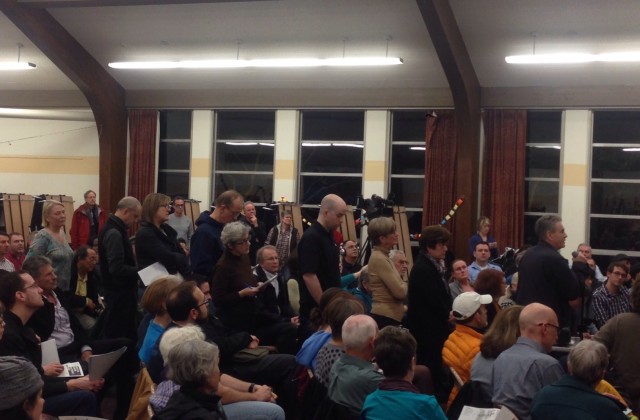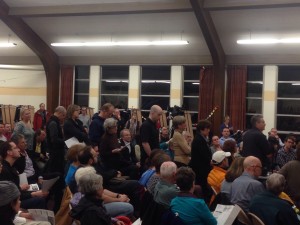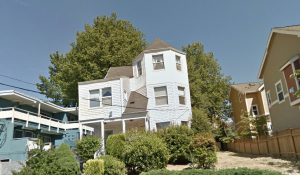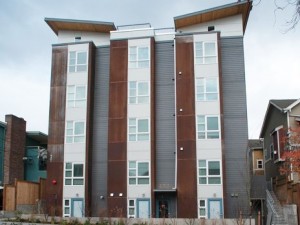Councilmember O’Brien: No Changes to LR3
An effort is underway to “fix” or “clean up” one of the model zones in Seattle’s land use code for growing smart: LR3. The LR3 zone is a mix of many different types of multifamily housing (including microhousing) that is meeting the growing demand for housing in Seattle. The LR3 zone is doing what it should be doing, providing choices for many people who want to live in Seattle’s most vibrant and livable neighborhoods. This letter went to Planning, Land Use, and Sustainability (PLUS) Committee Chair Mike O’Brien this morning. Send your own comments to him at mike.obrien@seattle.gov.
January 22, 2014
Dear Councilmember O’Brien,
Last Fall Councilmember Clark wrote a letter asking that “DPD work on correcting problems with . . . changes that we made to the Multifamily Code in 2010.” Councilmember Clark goes on to say:
“I’d like to look further into making sure we don’t leave open other methods of achieving five stories. This may involve looking at the existing height incentives, FAR exemptions and bonuses, and the height measurement approach.”
Councilmember Clark is responding to neighborhood concerns about the number of floors being built in the LR3 zone. But Seattle’s land use code doesn’t regulate the number of floors a building has but Floor Area Ratio (FAR) and height.
There seems to be some confusion or efforts to confuse these two things, height and floors. In most cases what some neighbors are calling a floor is actually a basement. Since the Department of Planning and Development calculates height from the top of the basement, this might make it appear that a building has achieved five floors. But these buildings are actually within the current height limits and are four stories.
We’re very concerned about the neighborhood proposal that would, in the words of their petition, “roll back” the code where it was before 2010, allowing buildings only 30 feet in height. This down zone would result in the loss of many units of new housing at a time when demand for small apartments and microhousing is growing. People want to live in these neighborhoods.
Our view is that
- Doing what this group wants would amount to a down zone and an elimination of additional housing choices for people moving to Seattle;
- The LR3 zone is working well, allowing appropriately scaled multifamily housing that meets much of the housing needs in neighborhoods like Capitol Hill. Please leave the LR3 as is; and
- If changes are suggested, they should not be hurried through but should be considered along with other proposals affecting microhousing and design review that are pending before your committee.
We know that you are committed to addressing issues of equity and housing price. The LR3 zone is producing many housing options for people who want to live in our city, and those options are giving people of all income levels more choice in where they are able to live.
Please don’t make any changes to the LR3 zone. The LR3 zone is a model for how our city can grow providing an array of housing choices, with diverse architecture and design in walkable, transit oriented neighborhoods. We’d welcome an opportunity to discuss this with you and your staff in more detail.
Sincerely,
A-P Hurd
NAIOP
Joshua Newman
Maple Leaf Neighbor
Roger Valdez
Smart Growth Seattle





